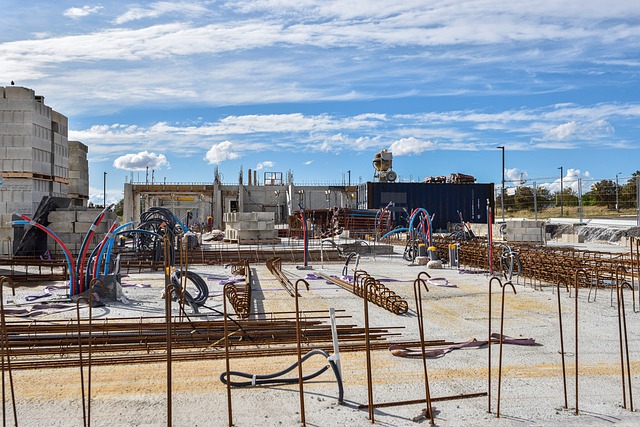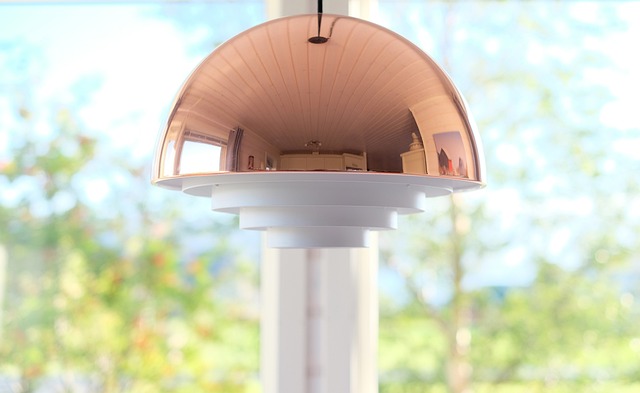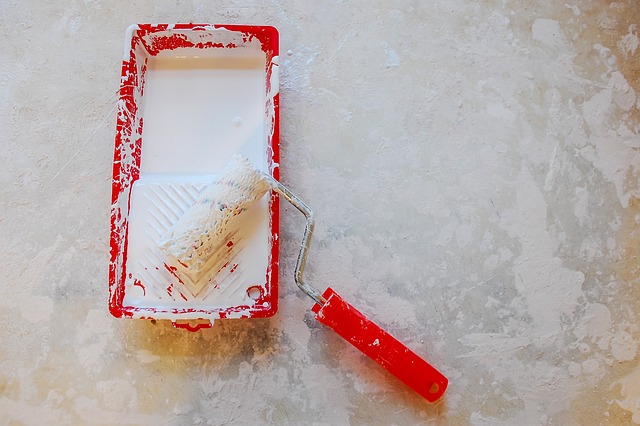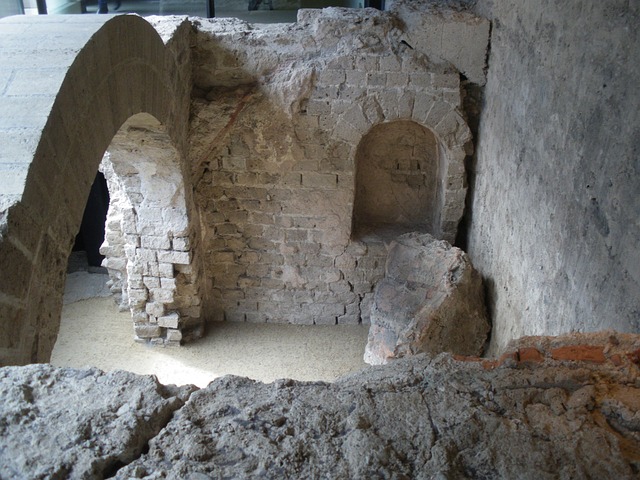Uneven floors and cracks are signs of deeper foundation issues caused by differential soil settlement, improper construction, or moisture intrusion. Professional residential foundation repair addresses these through techniques like underpinning, piering, and slab jacking. Early identification using non-invasive methods is key to effective and cost-effective solutions. Modern technologies offer efficient repairs with minimal disruption. Budgeting and regular maintenance are essential for proactive residential foundation repair, preventing future financial burdens.
Uneven floors and foundation issues are common problems that can significantly impact a home’s structural integrity and value. This comprehensive guide delves into the heart of residential foundation repair, focusing on understanding the basics of uneven floors, identifying causes, and exploring various repair approaches. From traditional methods to modern innovations, we break down cost considerations and offer preventative measures to ensure your home’s foundation remains strong. By the end, you’ll be equipped with knowledge to navigate the world of residential foundation repair.
Understanding Residential Foundation Repair: The Basics of Uneven Floors

Uneven floors are a common issue in many homes, often indicating deeper problems with the residential foundation repair. This occurs when the soil beneath the structure settles at different rates, causing one part of the house to sink lower than another. Over time, this can lead to significant structural damage and safety hazards.
Residential foundation repair involves addressing these uneven floors by identifying the root cause—whether it’s poor soil conditions, improper construction, or settling. Professionals use various techniques such as underpinning, piering, or slab jacking to stabilize the foundation and return it to its original level. Understanding these basics is crucial for homeowners to recognize when professional intervention is necessary for effective residential foundation repair.
Common Causes of Foundation Problems in Homes

Uneven floors and foundation issues are common problems in residential properties, often requiring professional intervention for effective residential foundation repair. Several factors contribute to these structural challenges over time. One primary cause is soil settlement, where uneven compaction can lead to differential movement, causing cracks and misalignments. Poor initial construction practices, such as inadequate soil preparation or improper drainage systems, exacerbate this problem.
Another significant culprit is moisture intrusion. Underground water tables that rise during certain seasons or excessive rainfall can seep into the soil, leading to swelling and subsequent shrinkage. This process, known as hydrostatic pressure, exerts force on the foundation walls, resulting in cracks and uneven floors. Uncontrolled humidity levels within the crawl space or basement also contribute, especially when combined with inadequate ventilation, creating an environment conducive to mold growth and further structural damage.
Identifying Signs of Uneven Flooring and Foundation Damage

Uneven floors are often an early indicator of foundation problems in residential properties. Homeowners should be vigilant for signs such as cracked or bulging walls, uneven doors and windows, or noticeable gaps between floors and baseboards. These issues can result from various factors like settlement, heave (due to soil movement), or poor initial construction.
Regular inspection is key to early detection. Look for visible dips or ridges in the floor surface, which could signal structural instability. Foundation repair professionals use tools like laser levels and moisture meters to identify these problems precisely. Prompt action through residential foundation repair methods such as underpinning, piering, or slab jacking can prevent further damage and ensure a stable living environment.
Non-Invasive Inspection Methods for Foundation Issues

Identifying foundation problems early is key to effective residential foundation repair. Non-invasive inspection methods offer a safe and efficient way to assess potential issues without causing further damage. One such method involves using advanced moisture meters to detect water intrusion, a common indicator of structural weaknesses. These devices measure electromagnetic fields to pinpoint areas where concrete has become saturated, revealing potential cracks or settlements.
Another innovative approach is thermal imaging, which visualizes temperature variations in the foundation. Irregular heating patterns can highlight structural defects, such as gaps or damage caused by pests. By combining these non-invasive techniques with traditional visual inspections, professionals can accurately diagnose foundation problems, enabling targeted and cost-effective residential foundation repair solutions.
Traditional vs Modern Approaches to Foundation Repair

In the realm of residential foundation repair, traditional methods have long been the go-to approach for addressing structural issues. These conventional techniques often involve extensive excavation, the installation of new footings or piers to support the structure, and significant time and labor costs. However, with advancements in technology and engineering, modern approaches have emerged, offering more efficient and cost-effective solutions.
Modern foundation repair techniques leverage innovative technologies and specialized equipment to tackle uneven floors and foundation problems. One prominent method is the use of pile driving or deep foundations, which involves installing vertical supports deep into the ground to provide additional stability. This approach is particularly useful for older homes with weak or settling foundations. Additionally, modern solutions include structural injection molding, where polyurethane foam is injected into cracks and voids to stabilize and strengthen the foundation from within. These progressive methods not only ensure the longevity of residential properties but also minimize disruption to the surrounding area, making them attractive alternatives to traditional foundation repair for homeowners seeking swift and effective solutions.
Cost Considerations and Budgeting for Residential Foundation Repairs

When dealing with uneven floors and foundation problems, budgeting for residential foundation repair is a crucial step. The cost considerations can vary significantly based on several factors, including the extent of damage, the type of foundation, local labor rates, and materials chosen. For instance, a simple leveling project might range from $5 to $10 per square foot, while more complex repairs like piering or underpinning could cost $10 to $25 per square foot or more. It’s essential to obtain quotes from multiple reputable contractors to get an accurate estimate tailored to your specific needs.
Effective budgeting requires considering both the immediate repair costs and potential long-term savings. While the upfront expenses might be substantial, neglecting foundation issues can lead to more severe damage down the line, resulting in even higher repair bills. Therefore, allocating funds for proactive residential foundation repair can be a wise investment that prevents future financial burdens.
Preventative Measures to Strengthen Your Home's Foundation

Uneven floors can be a clear sign of foundation problems, but there are preventative measures homeowners can take to strengthen their home’s foundation and avoid costly residential foundation repair in the future. One crucial step is regular inspection. By conducting routine checks, you can identify any signs of settling or movement early on, allowing for quicker action. This includes visually inspecting floors, walls, and doors for cracks, gaps, or warping.
Additionally, proper drainage around your home plays a vital role in foundation health. Ensure that rainwater is directed away from your foundation by installing adequate gutters and downspouts. Preventative measures also extend to the soil surrounding your house. Keep the ground around your foundation well-drained and at least 1–2 feet away from the walls, preventing water from putting pressure on the structure. Regularly check and maintain these measures to safeguard against future foundation issues.
